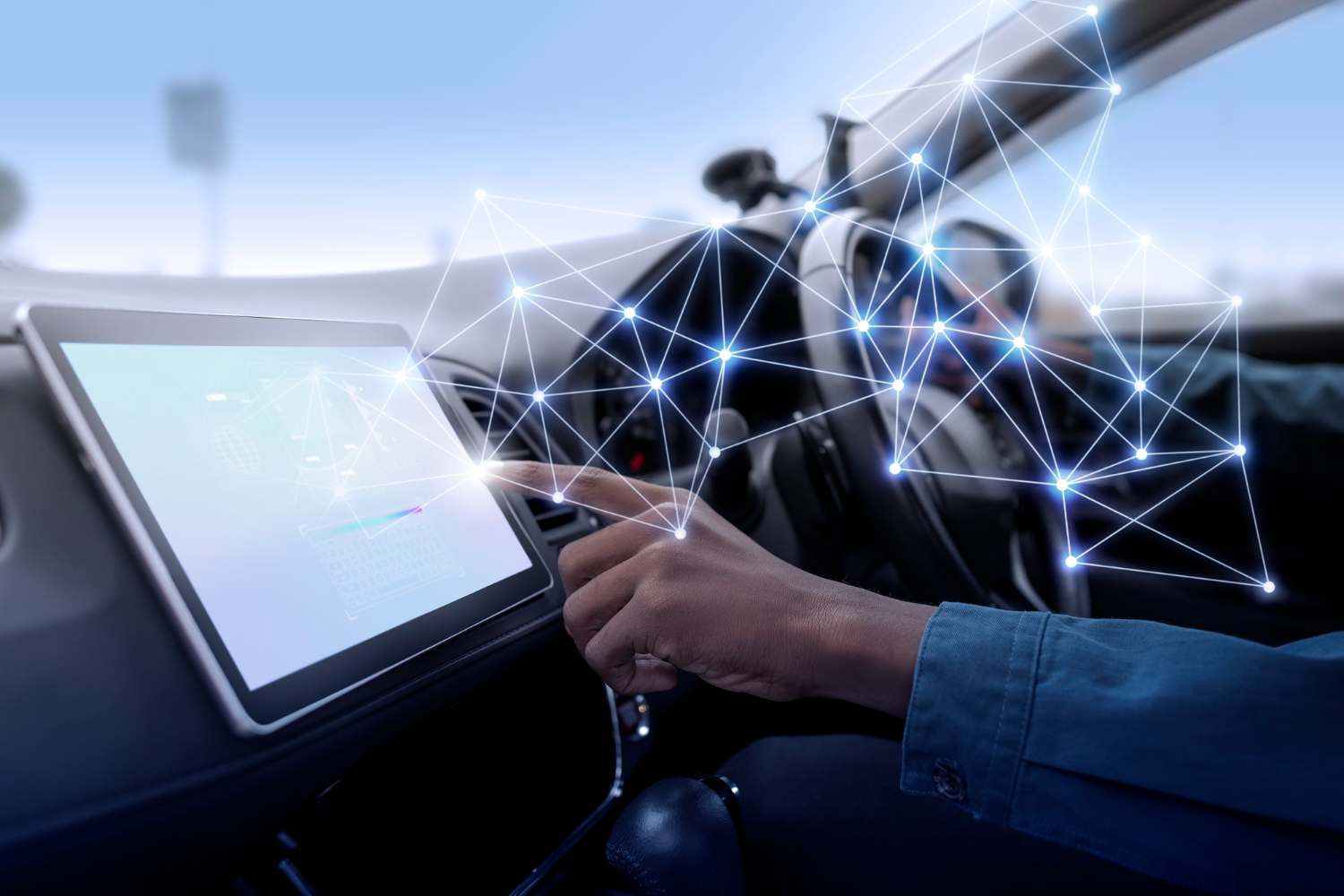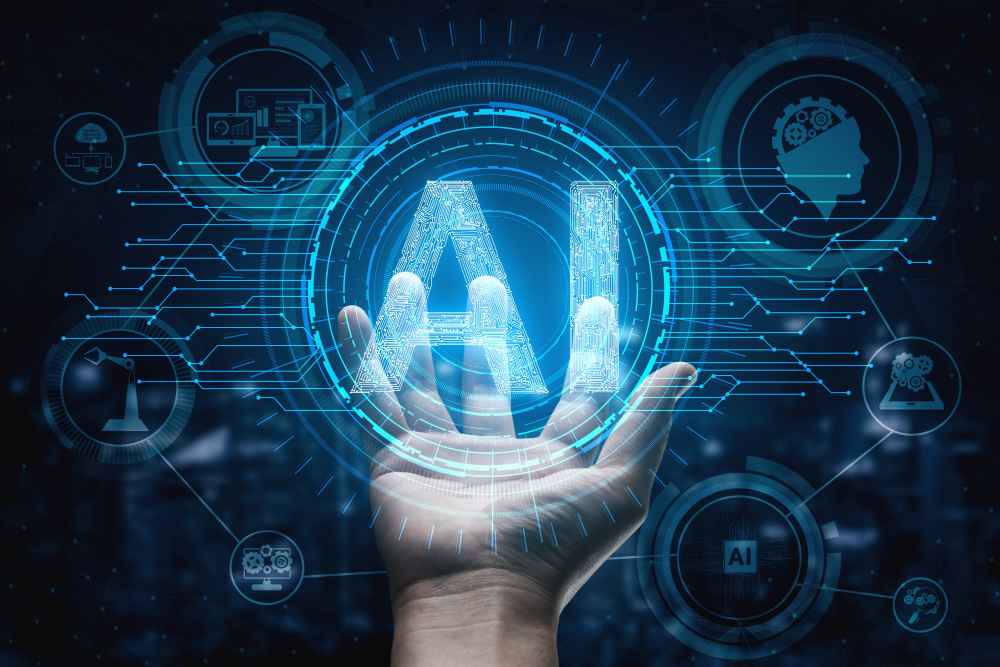Have you ever tried Google Assistant, Siri, or Alexa? Chances are, you have, and you’re not alone. Currently, about 146 million people, solely in the US, use voice assistants.
Companies worldwide are investing in the voice and speech recognition AI market, facilitating its rapid expansion. Following the Markets and Markets research, it will grow from $9.4 billion in 2022 to $28.1 billion by 2027.
As you can see, machine learning systems receive sufficient funding and demand among users. Yet, they require comprehensive audio annotation services to recognize and understand human speech. These services are what we’ll discuss in today’s article. We’ll explain audio annotation, its benefits, and the importance of professional sound labeling for AI projects and recognition accuracy.
Introduction to Audio Annotation
First things first, what’s an audio annotation? It is a subset of data labeling that involves adding additional information to audio data. For example, that may include labeling sounds, doing music classification transcribing spoken words, identifying speakers, and tagging events.
Audio data annotation typically involves listening to audio recordings and manually adding labels to them through specialized tools or software. As a result, an annotator creates a dataset further used to improve the accuracy of speech recognition algorithms and train machine learning models like chatbots, voice assistants, real-time translators, or text-to-speech modules.

Audio annotation companies use various types of audio data labeling depending on the AI project’s specific needs. Here are the main ones:
- Speech to text annotation. It involves transcribing the words spoken in the audio and identifying speakers and their dialogue. This voice annotation type can help train speech recognition models to comprehend and transcribe speech accurately.
- Sound or speech annotation. It involves identifying and labeling different sounds within the audio, such as laughter, coughing, or background noise. This data annotation type can help enhance speech recognition accuracy in noisy environments.
- Event tagging. It involves recognizing and tagging specific events within the audio, such as the start and end of a conversation or a particular action. This audio annotation technique can help train models to recognize patterns and context within the speech.
- Sentiment annotation. It involves identifying and labeling the emotional content of the audio, such as anger, happiness, or sadness. It facilitates sentiment analysis with machine learning and helps models recognize and respond appropriately to emotional cues in speech.
- Audio classification. It involves categorizing audio files into different classes based on their content or characteristics. It may include identifying music genres, environmental sounds, speech vs. non-speech, etc.
Audio annotation is crucial in developing speech recognition and other audio-based AI and ML models. By providing high-quality annotated audio data, companies can improve the accuracy and effectiveness of these systems in comprehending and interpreting human speech.
How Audio Annotation Improves Speech Recognition in AI
Upon the audio data annotation, companies can train speech recognition algorithms analyzing audio recordings. But what exactly are those algorithms, and how do they work?
Speech recognition algorithms are ML algorithms designed to analyze and convert speech into text or machine-readable formats. Their primary purpose is to recognize and comprehend spoken language, which becomes possible through the following activities:
- Initial audio processing. The algorithm studies the audio recording and removes any distortions or background noises.
- Audio feature extraction. The algorithm divides the audio recording into features representing different aspects of the sound annotation.
- Acoustic modeling. After the algorithm has outlined the features, it uses a probability model to associate them with phonemes or other linguistic structures.
- Language modeling. Then, the algorithm combines those phonemes and linguistic units into words, phrases, and sentences, considering the context of speech.
- Interpreting. Finally, the algorithm analyzes the speech and transforms it into text.
Even though the speech recognition algorithm’s work may sound straightforward, the reality is a bit different. The algorithm’s proper operation is impossible without these types of audio annotation since it requires vast amounts of data to study and understand the spoken language. Plus, given that not all people speak the same and the audio quality may not be perfect, audio data labeling is a way to solve those issues.
How can audio annotation come in handy? It allows for improving automatic speech recognition and accuracy in the following means:
- Creating training datasets. Audio tagging can help create a large training dataset for the algorithm.
- Detecting accents and dialects. The algorithm will learn to understand various accents and dialects owing to the audio annotation of data from different regions.
- Identifying speakers. The algorithm will learn individual speakers’ speech patterns with the help of audio annotation.
- Labeling domain-specific language. The algorithm will understand complex industry-specific terms owing to audio data annotation.

The Benefits of Audio Annotation for AI Development
Being a critical part of the speech recognition process, high-quality, audio transcription and annotation services can bring numerous advantages to businesses and their AI development projects. Here are the main ones:
Improved Speech Recognition Accuracy
Once again, audio annotation can significantly enhance the ML algorithms’ preciseness. Adding descriptive tags or labels to audio data allows for better identification and classification of speech, leading to more accurate results.
Better Training Data
The training data’s quality is critical for machine learning models’ success. Companies can ensure that audio samples in their datasets are clean, complete, and accurate only with top-notch audio annotation services.
Saved Time and Costs
Companies can save time and money by engaging a reliable speech and language annotator. They’ll get the required expertise at a reasonable cost and transfer the labeling tasks to a service provider.
Increased Efficiency
Companies can boost their ML models’ efficiency by providing clear and concise labels for audio, audio and speech data. That will result in faster data analysis and better decision-making.
More Advanced Applications
Using a high-quality audio, speech data annotation, and speech recognition service will lead to more advanced AI applications. Companies can leverage accurate datasets to improve their products in various niches, from healthcare to education.
Audio annotation is essential for AI development, yet it will be helpful only if done correctly. Opting for low-quality audio labeling services can pose such risks as reduced accuracy, security issues, waste of resources, and even reputational damage. So choosing a trustworthy, audio file annotator is a must. Keep reading to learn the tips on selecting a data labeling company suitable for your project.
How to Choose the Right Audio Annotation Service Provider
As we’ve already stated, finding a reliable audio annotation company is vital for your AI and ML projects. That’s how you can get high-quality training datasets, profound expertise, top-notch data security practices, and cost-effective services.
When choosing the vendor for an audio annotation project, speech data collection, text to speech transcription, or a speech to text transcription service, consider the following tips:
- Ensure the quality and accuracy of audio annotation services by studying the previous clients’ feedback.
- Find the vendor with proven expertise in audio data labeling by reviewing their portfolio.
- Consider the data labeling company’s security measures.
- Ensure that the vendor can scale their services for handling large datasets efficiently.
- Look for cost-effective audio annotation services without compromising quality.
Being one of the top labeling AI companies, we can assure you of our in-depth expertise in audio acoustic data classification and annotation. By partnering with us, you can get scalable, flexible, high-quality, and cost-efficient services for your projects. Our specialists have experience in various industries, including healthcare, eCommerce, finance, transportation, logistics, and more. Thus, we can help you reach your business goals with comprehensive audio labeling services.
Wrapping Up
Whether you’re working on a chatbot, voice assistant, or real-time translation tool, audio annotation and natural language processing and transcription are critical for your project’s success. Only with those services can you get accurate datasets for your machine-learning algorithms.
Finding a dedicated audio annotator to provide top-notch labeling services at reasonable costs is the best way to keep your voice recognition AI project running. If you’re looking for one, consider our company as your partner. Our team is ready to deliver the best solutions for your audio annotation cases.



